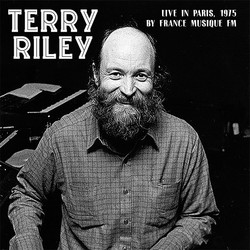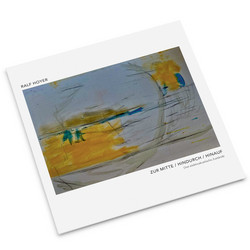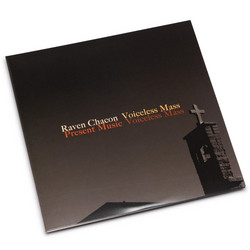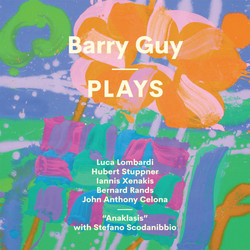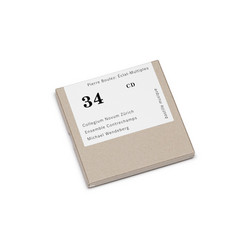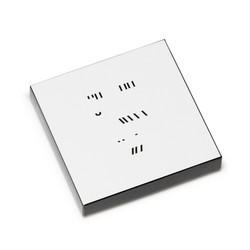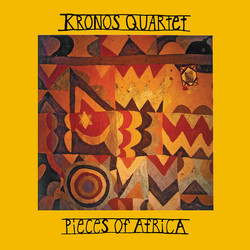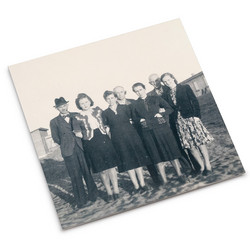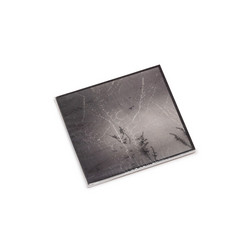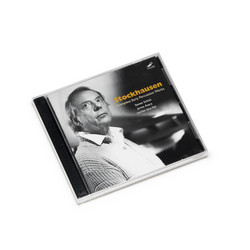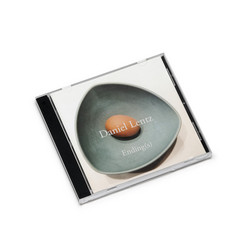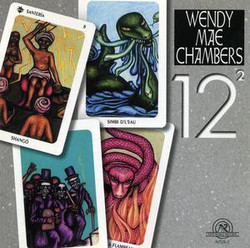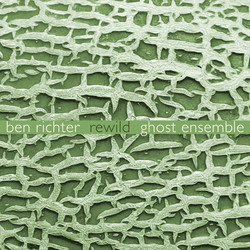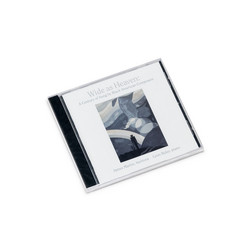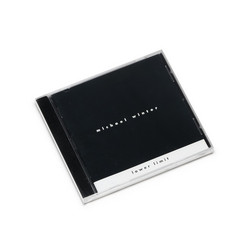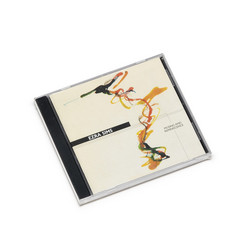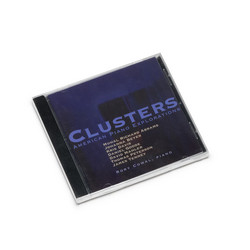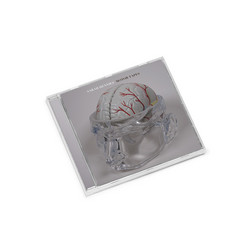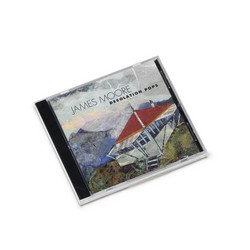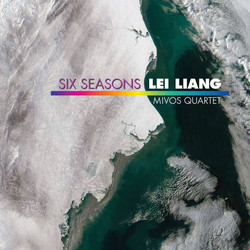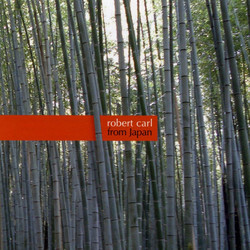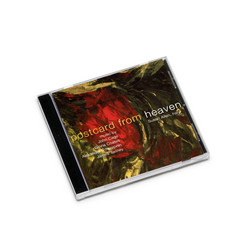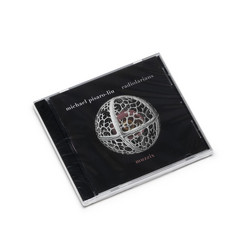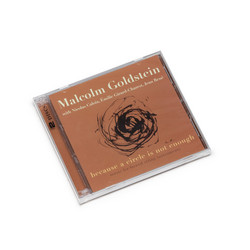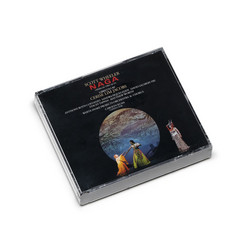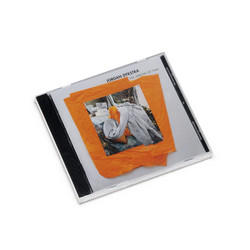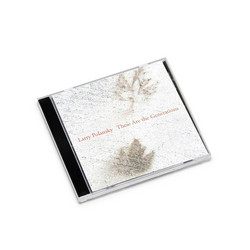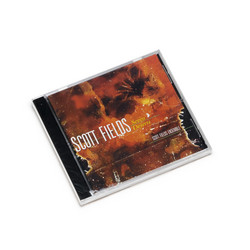Born in Michigan but for most of his life a true Californian, Robert Erickson (1917-1997) had a reputation as a maverick. His musical path was never a straight line, nor, really, a line at all but a landscape, with ranges of features rather than mere points of interest. He was a profound and original musical thinker who embraced the expressive possibilities of all music, from the Western classics and moderns of his own early education to Indian and Balinese traditions and all manner of contemporary experimentation, as long as it served a musical purpose. When encountering his work, one doesn't need to know more than one hears: what's important are the sounds one encounters and the expressive journey they suggest for each listener. His works can be looked at in three periods. There was an early period where he worked out his relationship to mid-twentieth century expressionism and atonality, producing such enduring and engaging works as the Duo for Violin and Piano (1957) (included here), the Chamber Concerto (1960) and the Concerto for Piano and Seven Instruments (1963). A middle period followed where he became involved with technology and all sorts of experimental techniques. The tape-and-instrument pieces Pacific Sirens and Nine and a Half for Henry (and Wilbur and Orville) and the music-theater trombone extravaganza General Speech can be said to typify this period.
The final period begins in the mid-70s, when technology is put aside (most likely because of his declining health) in favor of instrumental works for his friends and associates. These works reach their culmination in the works on this CD: Fives (1988), Trio (1986) and Quintet (1985), among others. In all three periods, what he never abandoned was a sense of taste, elegance and style-and a curiosity about sound and its functioning.
